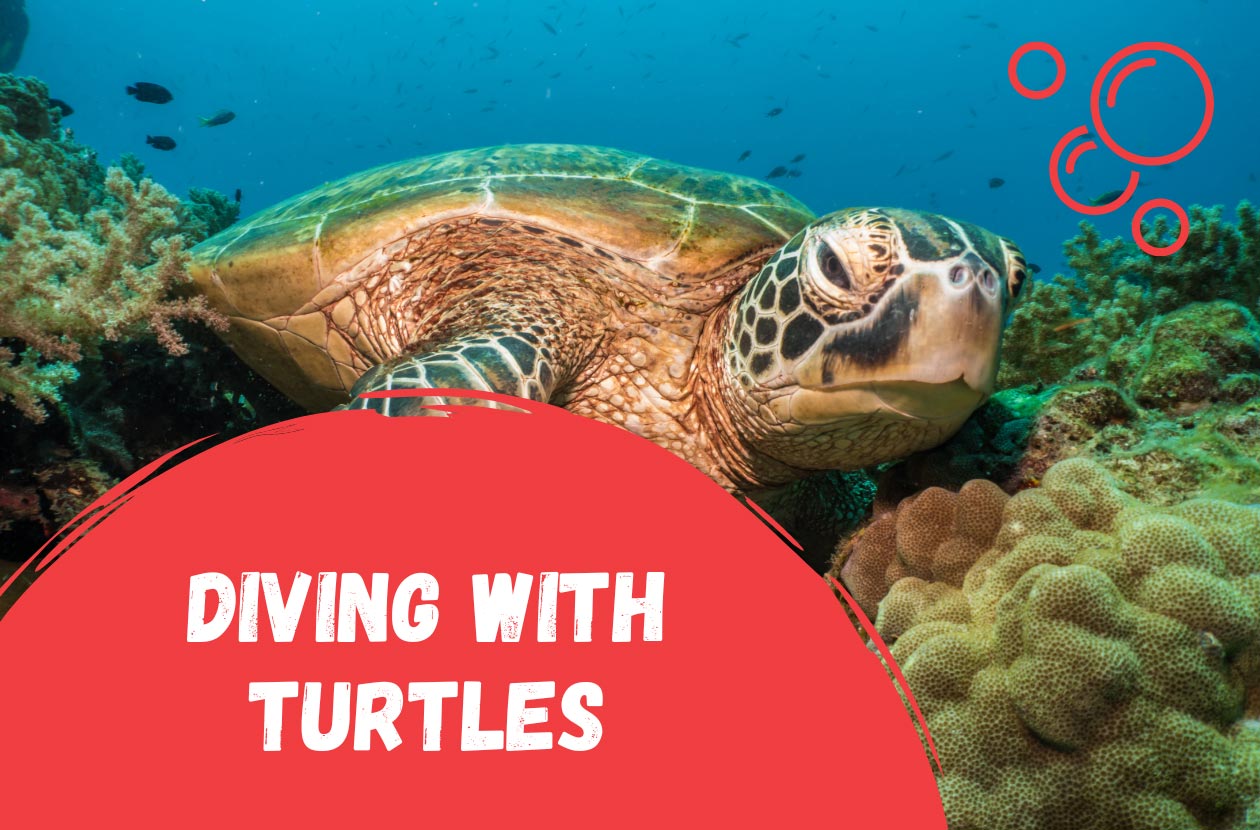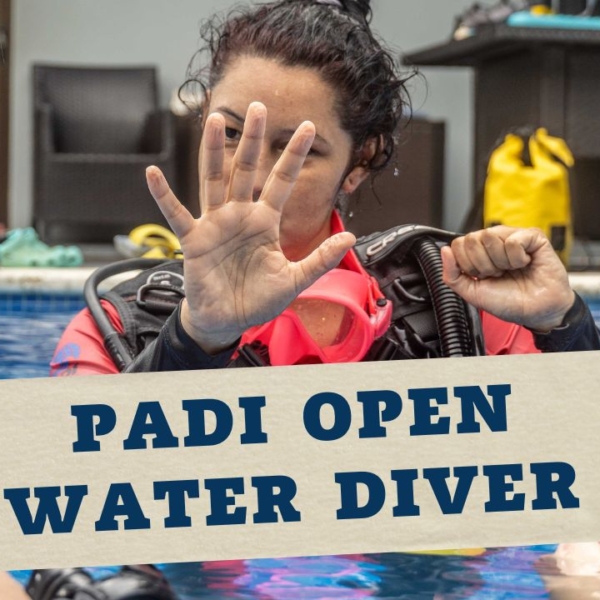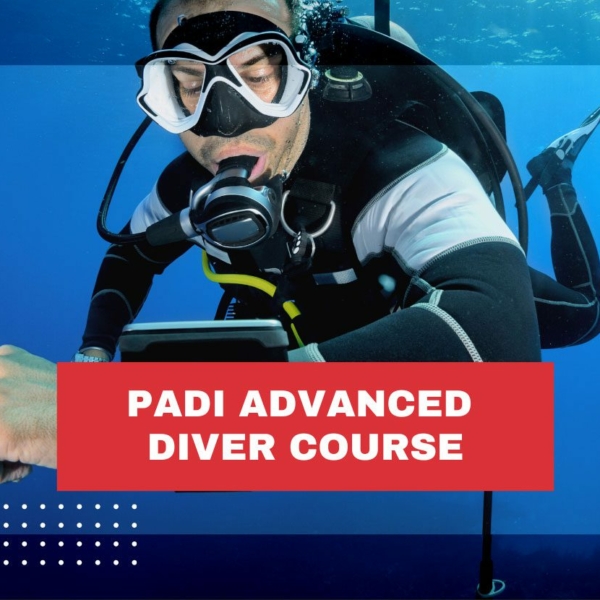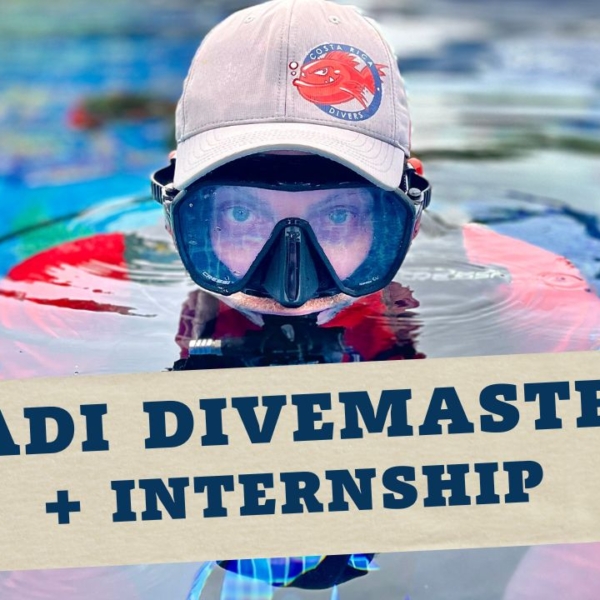In the first part of our guide to scuba diving, we discussed what scuba diving is in general and what it involves. In the second part you can find information about the equipment used and what are the contraindications to diving. This time we will talk about safety, ways to prevent them and diving training. Let’s get started!
The most important apse of diving is safety. And certainly everyone thinking about diving has asked themselves this question. Is diving safe? So let’s take a look at this topic.
Table of Contents
Is diving safe?
The key to safe diving, like any other sport, is to follow the rules. Recreational scuba diving is completely safe, as long as it is done in accordance with all safety guidelines and rules. Training should only be done under the supervision of a qualified instructor and with proper and serviced equipment. If you do not have any medical contraindications that would exclude you from diving and you follow the rules, then the safety of diving does not differ from the safety of any other form of recreation.
I repeat again that just being underwater with a breathing apparatus is not unsafe. Risk can only arise when you want to exceed your competence and level of training and do something you simply do not know how to do. A good example here is one of the most common questions from my students. “How deep did you dive?” As if “number” is an indicator of competence. Or as if chasing depth and pushing the limits is the goal of diving. And paradoxically, the most beautiful things can often be seen at a depth of 5m, where the light fully reveals the variety of colors.
Typical diving dangers
Of course, during diving, as during any other recreational activity, hazards can occur. In the context of diving, we are talking about emergencies, that is, anything that happened that was not planned. Minor incidents that were managed and did not require medical attention. And diving accidents – emergency situations that required medical attention and led to injury or danger to life.
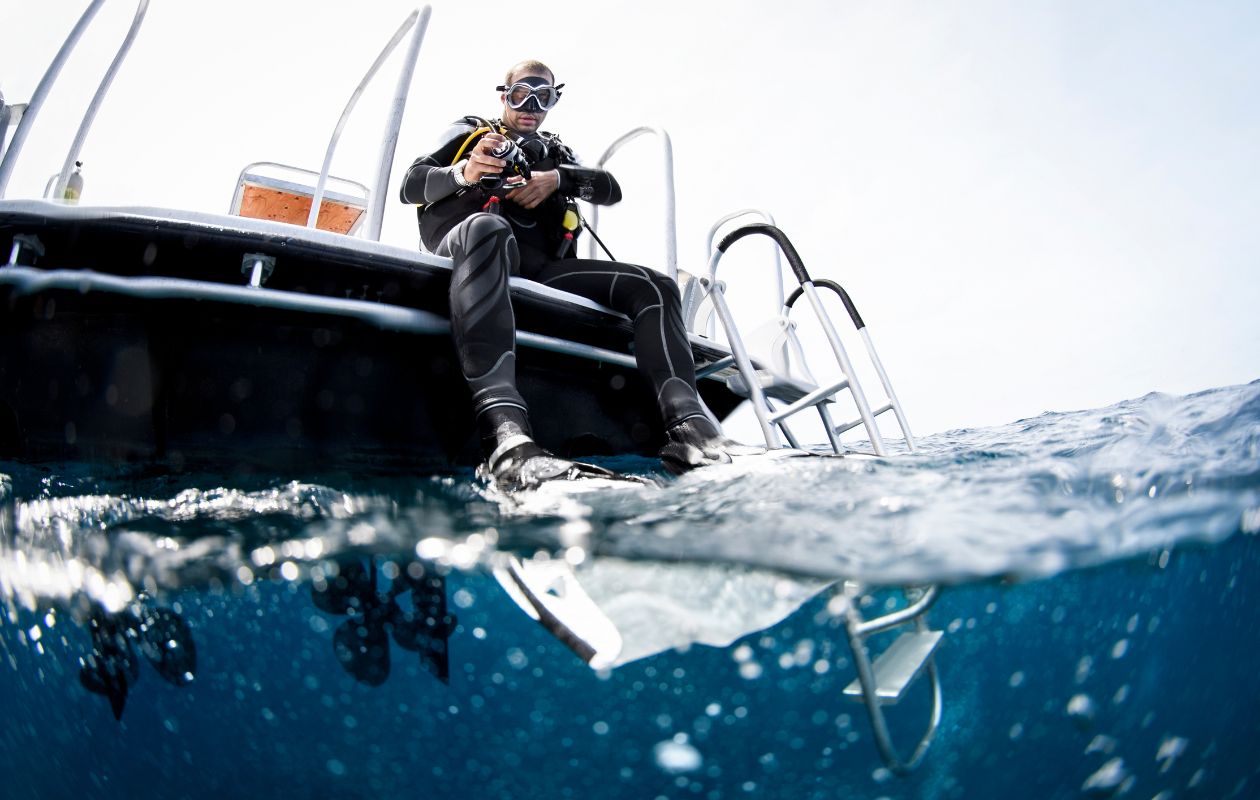
Basic and most frequently recorded emergency situations:
Lack of air
This is one of the most dangerous situations we can encounter underwater while diving and at the same time very unlikely. Dive training places great emphasis on checking the pressure gauge almost all the time and managing your air supply. We also learn how to use our partner’s backup regulator in an emergency situation. So following the rules, a situation of running out of air is almost impossible.
Hypothermia
Inappropriate diving suit for diving conditions (water temperature, depth and dive length) is one of the most common mistakes, especially by novice divers. Water absorbs heat much faster than air, so cooling down even in warm water can happen quickly. This, in turn, can lead to hypothermia and the many problems associated with it.
Diver exhaustion
Without adjusting the speed of swimming underwater to one’s own skills and condition can cause exhaustion, making it difficult or impossible to continue diving. This can lead to faster chilling, panic attacks and, of course, faster consumption of air.
Leg cramps
A painful muscle cramp can make it difficult or impossible to continue the dive, you should stretch and massage the painful muscle; while continuing the dive, reduce forcing the muscle, and if the cramp(s) recur – start the ascent procedure and end the dive. Another issue is why these cramps occur. If it is the result of fatigue and muscle maladaptation, then there is nothing terrible. However, if you suffer from recurrent cramps, then this is an obvious signal to see a doctor and do tests.
Losing a partner or a group
The risk of losing a partner or group exists mainly when diving in areas where visibility may be limited. This is nothing particularly dangerous if you have practiced the rules and what to do in such a situation. This is why brifing before diving and discussing the dive plan with your partner is so important.
Bites, cuts
While diving, we have the opportunity to admire the underwater world of flora and fauna, as well as various types of sunken objects that are man-made. But any contact can cause injuries and cuts. Therefore, the rule is that we do not touch anything underwater, but only admire. You never know if there isn’t a fish hiding in the place you want to catch or a sharp edge of a rock sticking out. That’s why you just don’t grab anything.
Getting entangled in underwater debris
Old fishing nets, and other types of underwater debris are a potential risk of entanglement for the diver. This, of course, can lead to many problems or even panic attacks. If this happens, just calm down and start disentangling yourself from the trap.
Partner diving
The basis of safe recreational diving is partner diving, which means that we do not dive alone, but always in the company of at least one other person. Of course, there are exceptions and solo dives are done, but this is a completely different level that requires a different type of training.
Such an approach to recreational diving will not only provide a greater level of safety, but also the pleasure of sharing a cool experience.

Dive signs – communication in diving
Diving requires the use of non-verbal methods of communication, which have been developed and described as universal diving signs. We show diving signs with our hands and, depending on the sign, sometimes we use two hands at once.
The most commonly used diving signs belong to one of four categories:
- General signs – basic, general diving signs: ok, me, you, I don’t understand, gather, number signs;
- Directional signs – signs that allow you to indicate / determine the direction of swimming: up, down, indicating the direction of swimming horizontally, level (to indicate stopping or swimming at this depth);
- Speed signs – signs that allow you to indicate/change the swimming speed: slower, faster, stop;
- Other diving signs / danger signs – signs that allow you to quickly and effectively signal emergency situations: something not right, no air, equalize pressure, dizziness, reserve, open me reserve.
Diving signs should be shown accurately and clearly. The dark background of our diving suit can make it difficult or impossible for our partner to read the signs correctly, especially in low visibility. Effective communication using dive signs requires the focus of our partner’s attention, so it is important to check in with your partner from time to time.
Courses and training for scuba divers
Diving degrees are earned by completing successive training courses. Diving courses should be conducted by professional schools or organizations affiliated with international diving organizations, operating according to standards set by these organizations. The degrees and courses themselves may have different names, depending on the organization that certifies the course. However, the most important thing is not the logo, but the instructor who will train you. It is up to him or her to impart the knowledge you need.
Organizations that train divers
There are many organizations that train divers and, in fact, their dive course programs are very similar. We’ve already described the differences as well as the advantages and disadvantages of the largest organizations in this text: What is the best scuba diving organization? Feel free to read on.
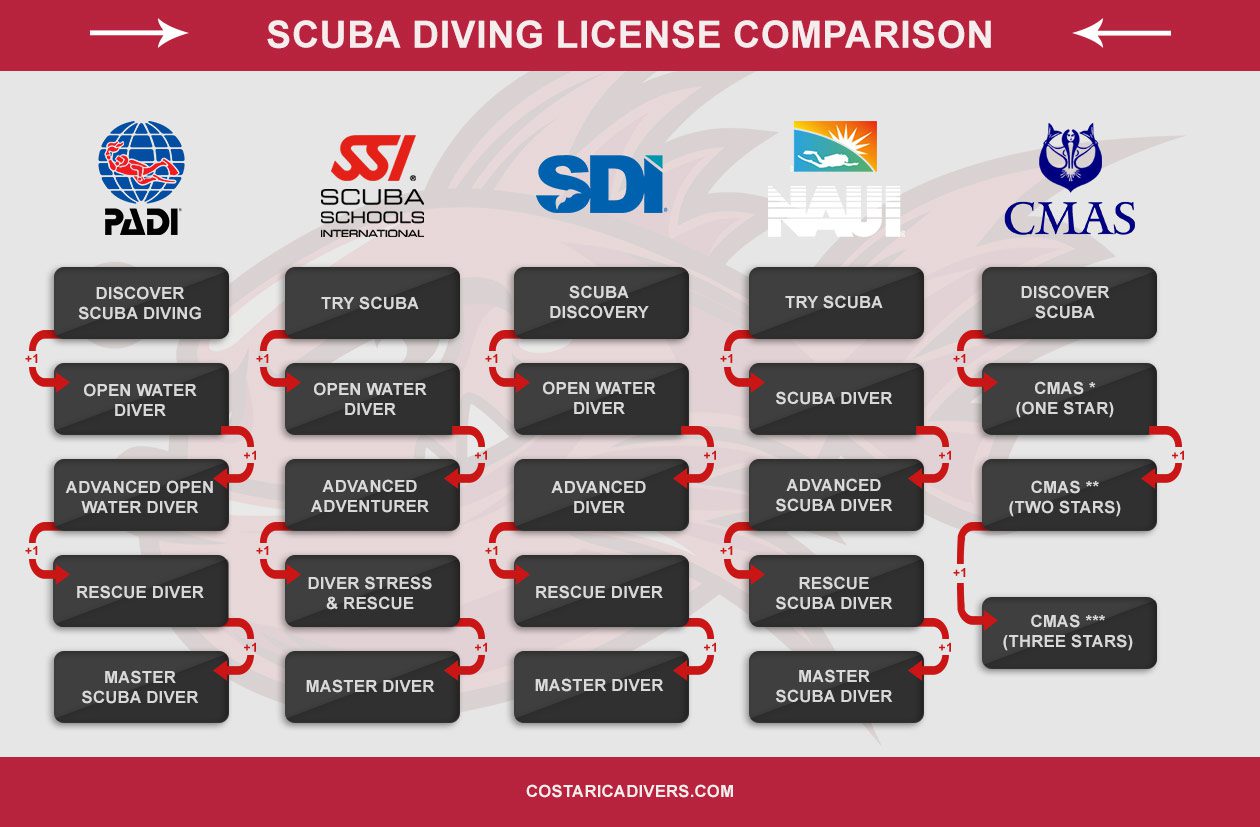
Diving specialties
Specialized diving courses are those in which a diver focuses on improving or developing specific skills, or gaining new qualifications. Various diving specializations and specialized courses may be dedicated to divers with a specific diving degree. Some of which are available after the OWD basic course, while others will require prior completion of the AOWD advanced course.
Examples of PADI diving specializations after the basic course:
- PADI Dry Suit Diver
- PADI Equipment Specialist
- PADI Underwater Navigator
- PADI Night Diver
- PADI Boat Diver
- PADI Peak Performance Buoyancy
- PADI Drift Diver
- PADI Multilevel Diver
- PADI Propulsion Vehicle Diver
- PADI Search and Recovery Diver
- PADI Foto Specialist
Scuba diving guide – let’s recap
I hope this comprehensive three-part dive guide has helped you dispel your doubts. As you can see, diving is for everyone, and in addition, it is quite safe. On the other hand, the experience cannot be compared with any other feeling. So why not try it?



